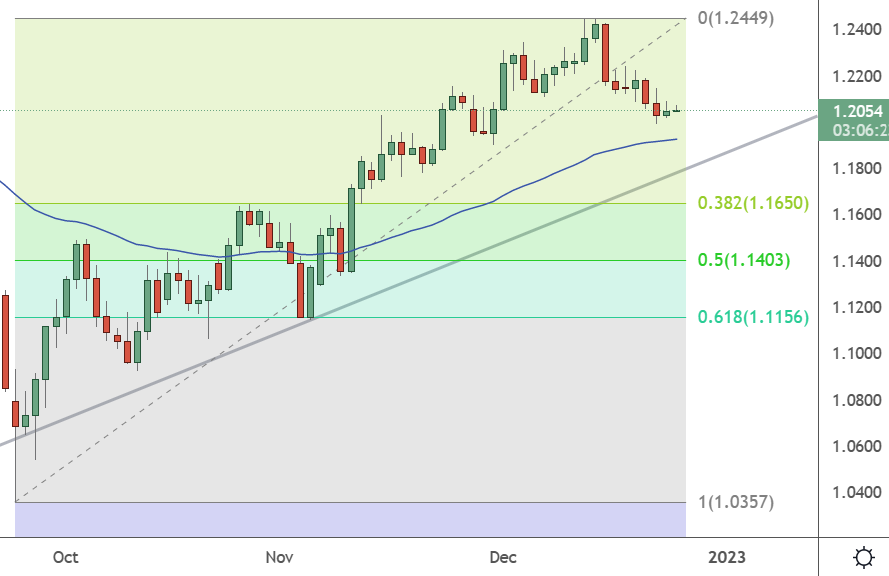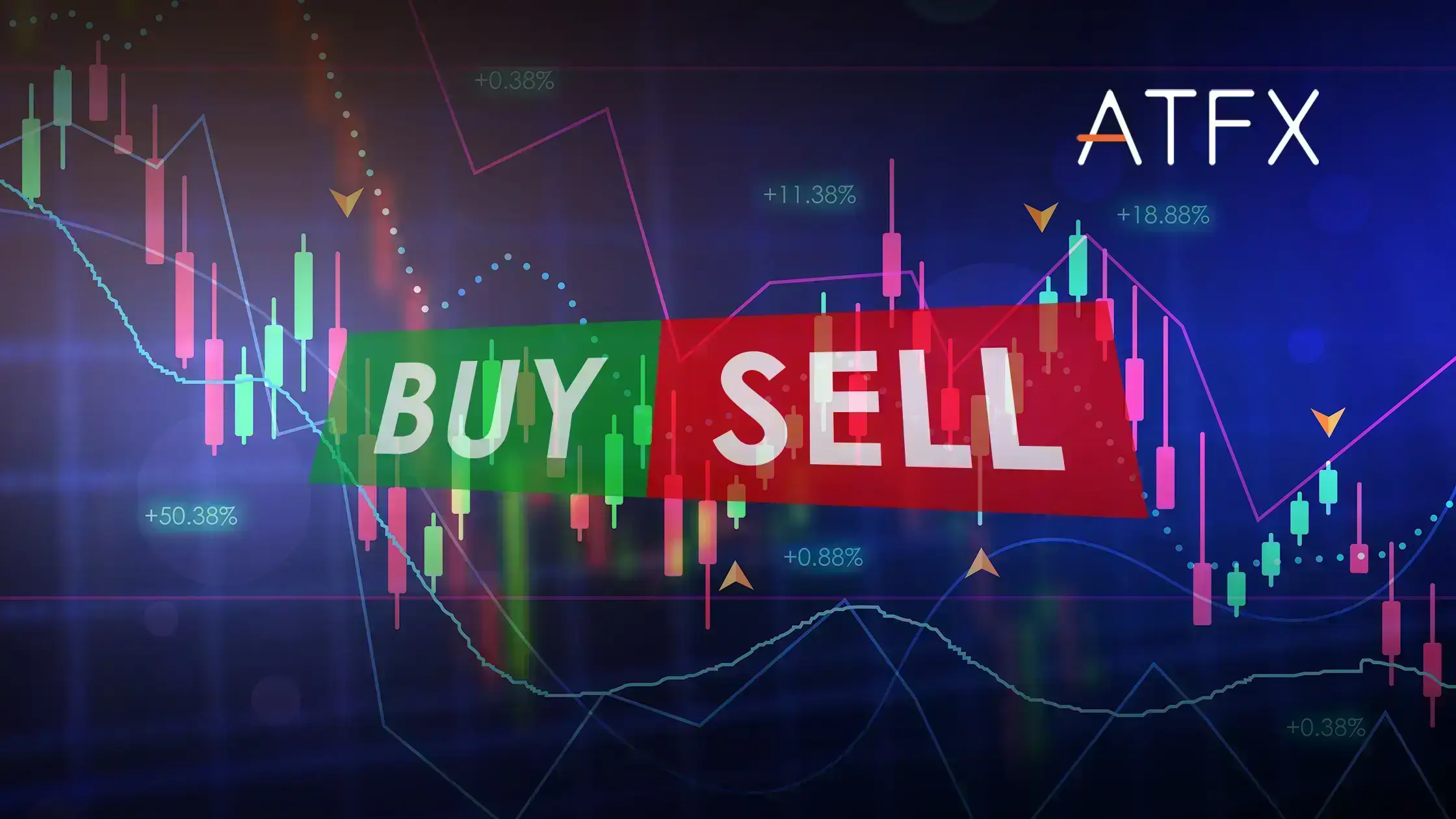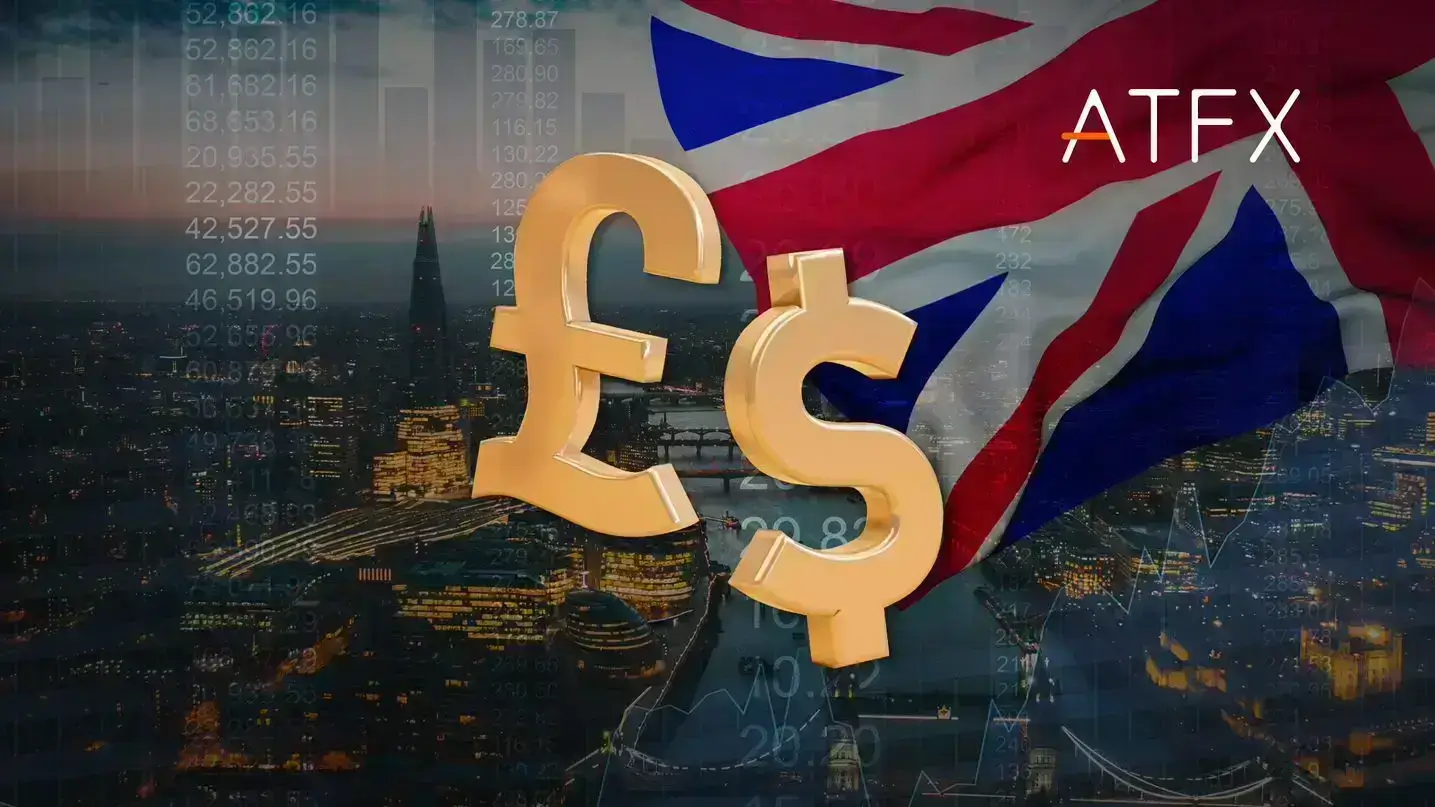GBPUSD mounted a big comeback after the lows that coincided with the former Prime Minister’s failed economic plans.
Liz Truss and her Chancellor saw a very short-lived reign at Downing Street after a big economic package was seen as not being backed by taxes.
GBPUSD – Weekly Chart

GBPUSD rallied from the 1.04 level to 1.24 over the last three months, and the pair has stalled at that level. The Fibonacci chart of that move highlights the potential downside targets at 1.16, 1.14, and 1.11 if the pound sterling sees a continued pullback.
The Federal Reserve slammed the brakes on the greenback’s rally as it moved to slow the pace of recent interest rate hikes. The central bank’s Chair, Jerome Powell, stated that rates would remain “higher for longer.” Still, the currency market unwound the USD strength.
The problem for the GBPUSD is economic strength, with the US economy outperforming its recent GDP projection. The Commerce Department said last Thursday that the US economy grew by 3.2% in the third quarter. The world’s largest economy grew for the first time this year from July to September, after two-quarters of negative growth stoked recession fears. The previous estimate called for a 2.9% improvement for the year.
The numbers “primarily reflected upward revisions to consumer spending” as well as non-residential fixed investment, the Commerce Department said.
Meanwhile, the UK economy is in poorer shape, with a recession looming. According to the ONS, the economy contracted slightly more than first expected in the third quarter, with GDP falling by 0.3% between July and September.
The initial estimates released last month expected a 0.2% contraction. Still, the revised figures showed a bigger hit than expected as business investment performed poorly.
ONS director of economic statistics Darren Morgan said revised figures show the economy performed slightly less well over the last year than estimated. Manufacturing and electricity generation are notably weaker.
“Household incomes continued to fall in real terms, albeit at a slower rate than in the previous two quarters, while — taking account of inflation — household spending fell for the first time since the final COVID-19 lockdown in the spring of 2021.”


